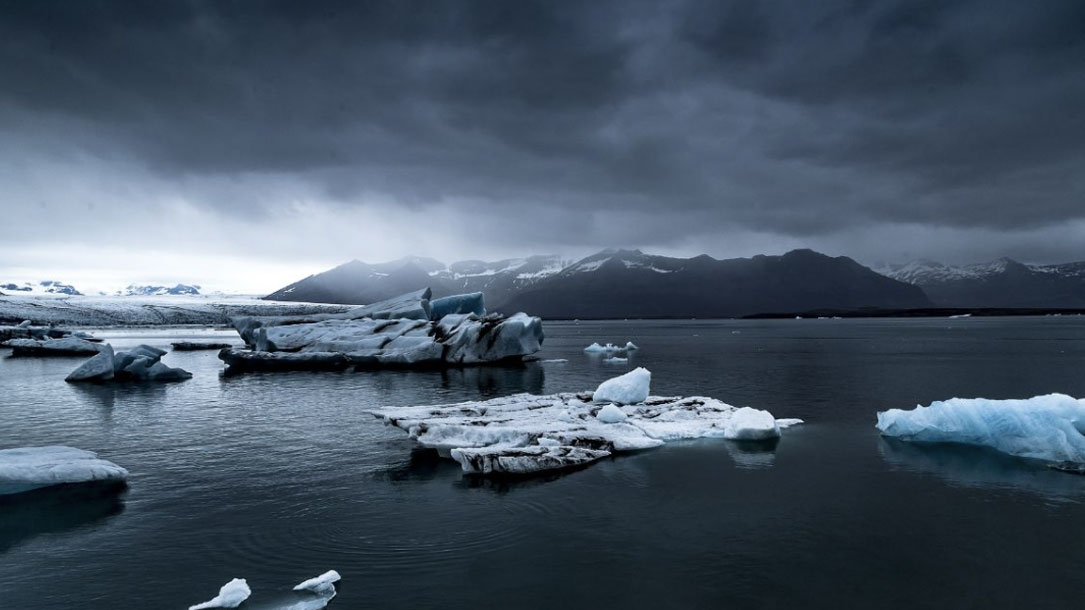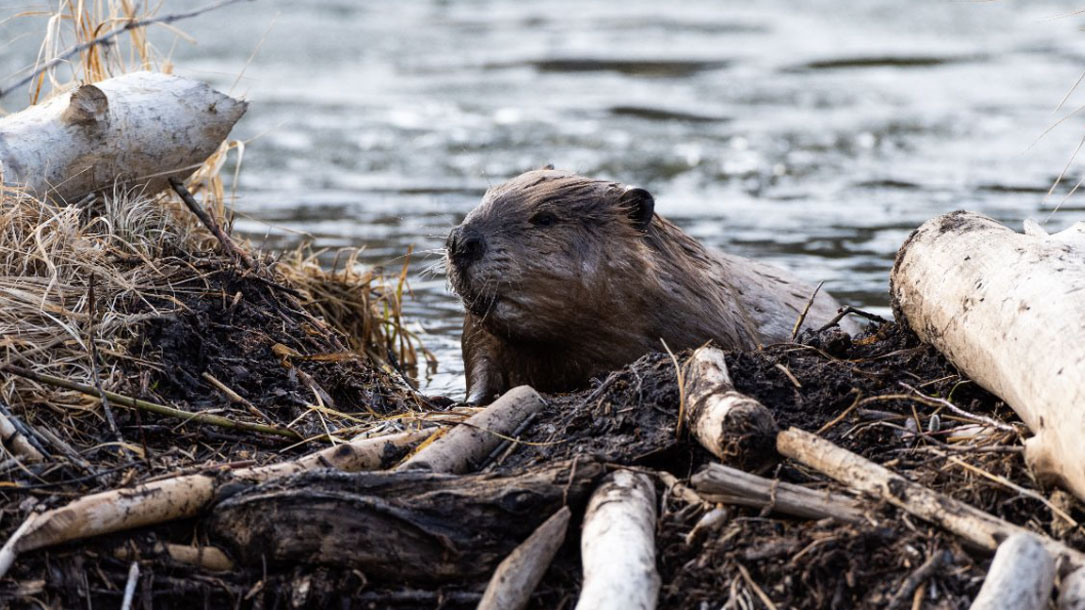Home > Climate News >

Solar, haying, and owning the solar array
Converting arable land to energy production undermines the future of farming. But innovators like Nate know it doesn’t have to be one or the other – if done right, solar can be leveraged to support farmers, rather than threaten them.
Seeing the Massachusetts SMART program as an opportunity for revenue diversification and farmland preservation, Nate pioneered a plan to own both the solar system and the land underneath. Million Little Sunbeams does not involve a lease to a solar developer but instead was designed to allow the Tassinari family to sell the excess energy to the surrounding community — a win for the family farm that has allowed it to stay in operation…

As Congress funds high-tech climate solutions, it also bets on a low-tech one: nature
[B]eyond those headline-making investments, the legislation acknowledges a less-heralded but essential part of the effort to combat climate change: nature. Or, more precisely, that given a chance, nature can be a profound ally in the fight against climate change…

Next Generation Weather Radar (NEXRAD)
Scientists analyzed 23 years of bird migration data collected via NOAA’s Next Generation Radar system — a network of 143 radar stations across the continental U.S. — to determine the variability in the birds’ arrival times each spring.
The Next Generation Weather Radar (NEXRAD) system is a network of 160 high-resolution S-band Doppler weather radars jointly operated by the National Weather Service (NWS), the Federal Aviation Administration (FAA), and the U.S. Air Force. The NEXRAD system detects precipitation and wind, and its data can be processed to map precipitation patterns and movement. NCEI provides access to archived NEXRAD Level-II data and Level-III products.

Regenerative grazing to mitigate climate change
Working with numerous partner organizations, team members from the four major Triangle research universities (Duke, NC Central, NC State, UNC) developed healthy soils policy recommendations for North Carolina, as well as tools to help producers and policy-makers understand the potential of grazing…

Spanish vineyards use solar panels to protect wine grapes
While combining solar energy and agricultural land is not new, one component that makes the Winesolar project stand out is that it will have a tracking system, with trackers from PVH, that uses artificial intelligence (AI) to determine the most efficient solar panel positioning over the vines at any time, according to Iberdrola. Techedge, an IT firm, will help the solar panel project further the wineries’ agricultural goals.
Sensors in the vineyards will record data including soil humidity, wind conditions, solar radiation, and even vine thickness to find the optimal position for the solar panels, giving the vines a fighting chance against the effects of climate change…

Climate change drives rapid decadal acidification in the Arctic Ocean from 1994 to 2020
The Arctic is warming at a rate faster than any comparable region on Earth, with a consequently rapid loss of sea ice there. Qi et al. found that this sea ice loss is causing more uptake of atmospheric carbon dioxide by surface water and driving rapid acidification of the western Arctic Ocean, at a rate three to four times higher than that of the other ocean basins. They attribute this finding to melt-driven addition of freshwater and the resulting changes in seawater chemistry.

How the Inflation Reduction Act helps rural communities
The Inflation Reduction Act recognizes the critical role that America’s farmers, ranchers, and forest landowners play in addressing the climate crisis. The law will:
- Invest in helping farmers, ranchers, and forest landowners deploy climate-smart practices that will reduce greenhouse gas emissions, increase storage of carbon in soils and trees, and make their operations more productive.
- Support innovative, cost-effective ways to measure and verify climate benefits, including through USDA’s Environmental Quality Incentives Program, Conservation Stewardship Program, Agricultural Conservation Easement Program, Regional Conservation Partnership Program, and Conservation Technical Assistance.
- Help up to 280,000 farmers and ranchers apply conservation to approximately 125 million acres of land.

Agrivoltaics looks at farming around/among solar panels
Double cropping solar power and organic dairy production works successfully here, but the concept – called agrivoltaics – is still very new.
Agrivoltaics is a new umbrella term defined as any farming practices on the land supporting solar power.
Around the world, innovators are looking for ways that solar panels and agriculture can benefit from the other. Flowers, pollinator plants, alfalfa, grass, vegetables and greens, and fruits and berries are some of the potential crops that people are planting in conjunction with solar panels…

Study shows 90% of marine species at risk of extinction in 78 years if greenhouse gas emissions are not curbed
Greenhouse gas emissions impact the world’s climate in two ways. They raise the temperature of the atmosphere (and by extension, Earth’s surfaces and bodies of water) by holding in heat, and in the case of CO2 emissions, they make water more acidic, like carbonated soft drinks…

Beaver: The North American freshwater climate action plan
Rivers and streams, when fully connected to their floodplains, are naturally resilient systems that are increasingly part of the conversation on nature-based climate solutions. Reconnecting waterways to their floodplains improves water quality and quantity, supports biodiversity and sensitive species conservation, increases flood, drought and fire resiliency, and bolsters carbon sequestration. But, while the importance of river restoration is clear, beaver-based restoration—for example, strategic coexistence, relocation, and mimicry—remains an underutilized strategy despite ample data demonstrating its efficacy.












